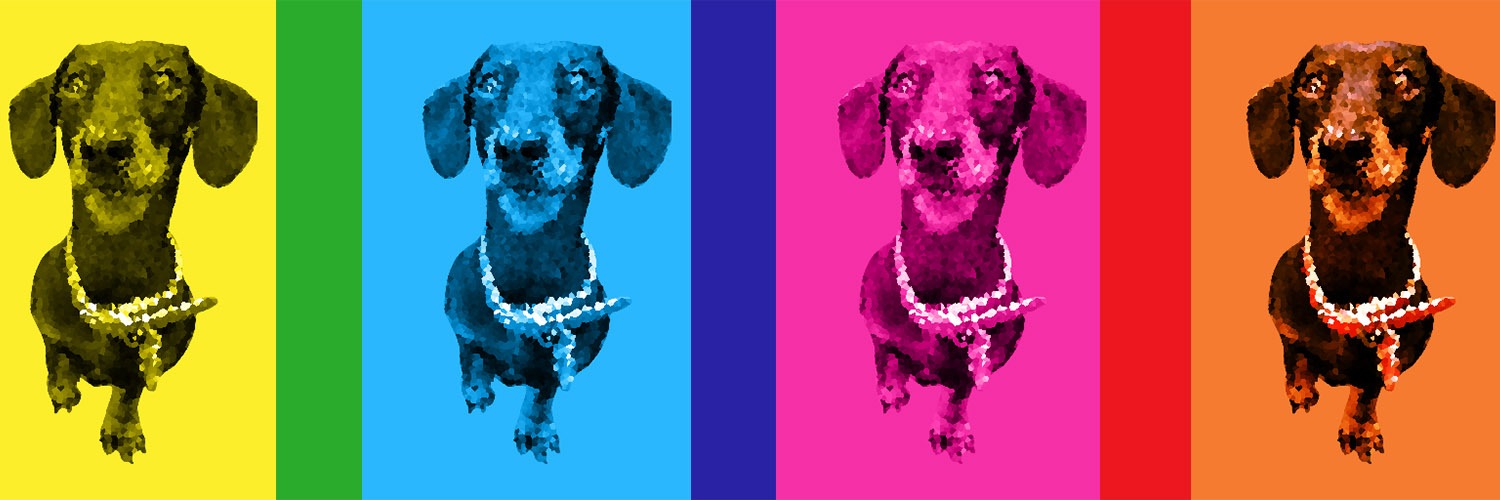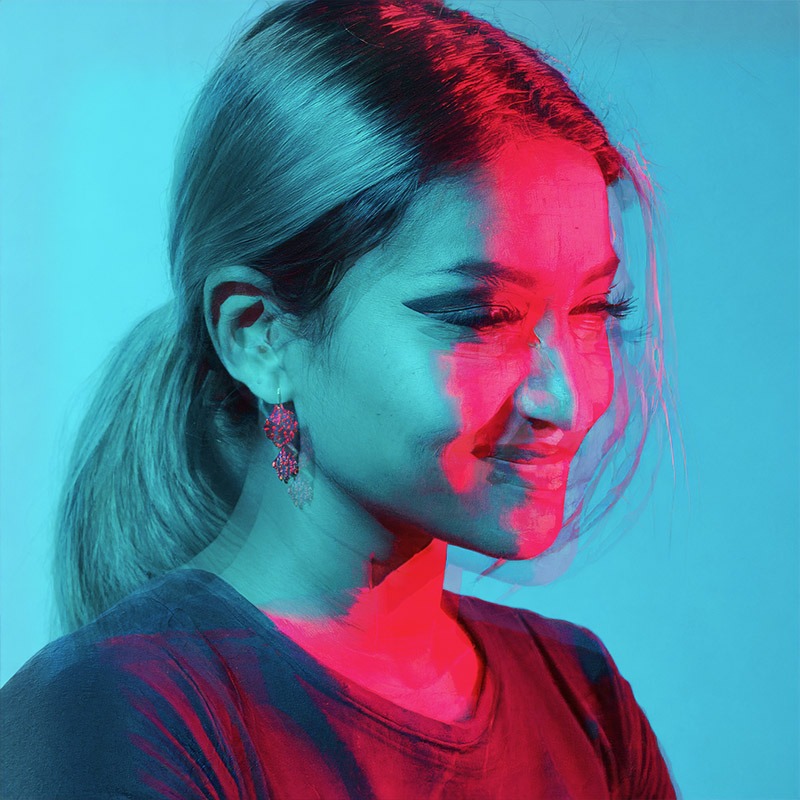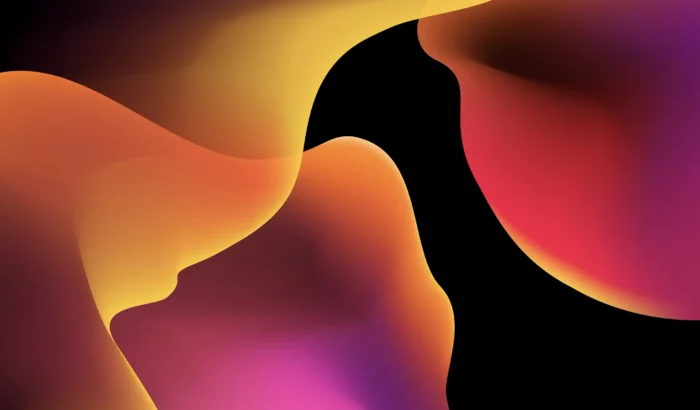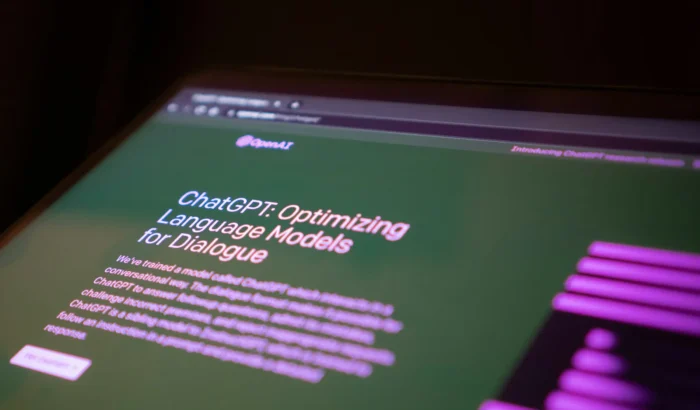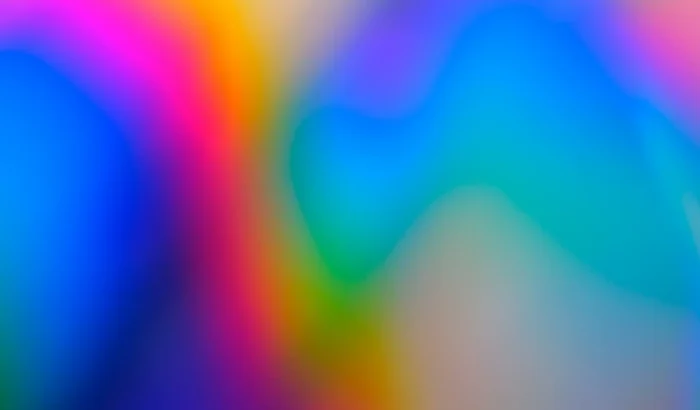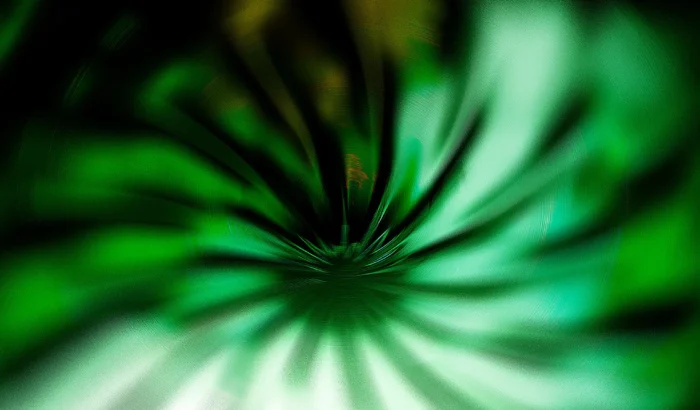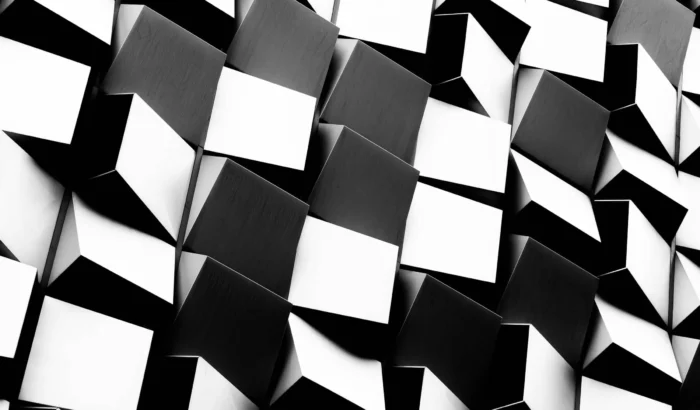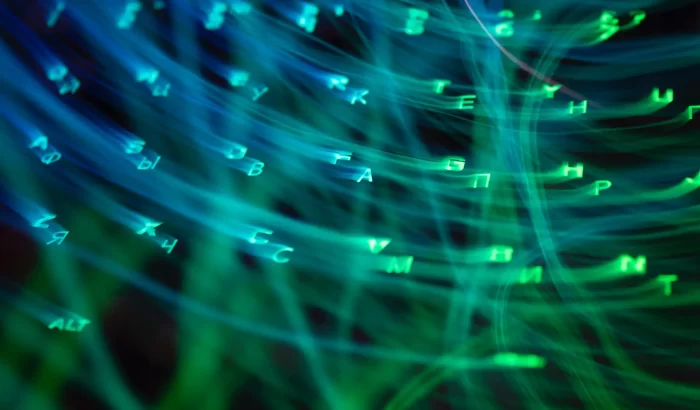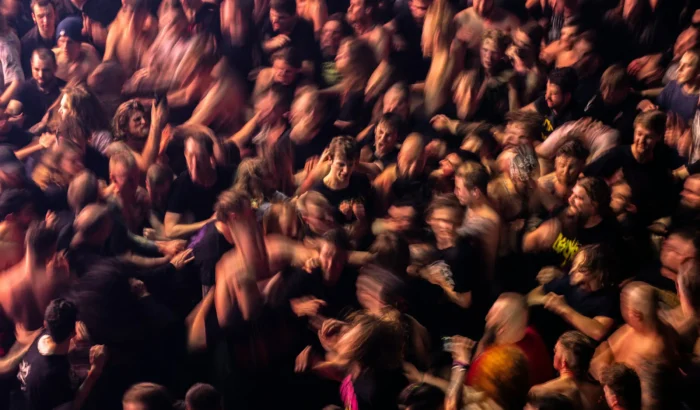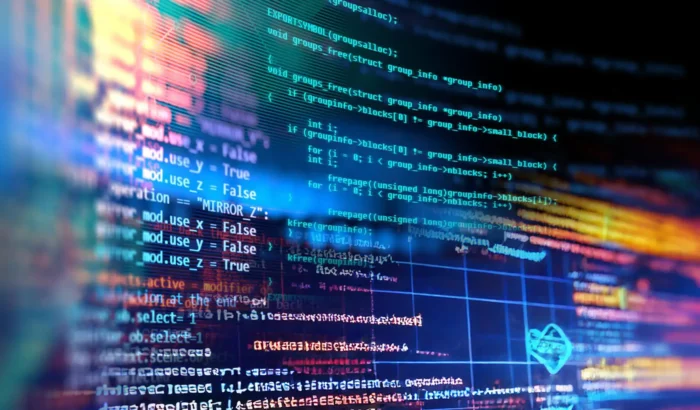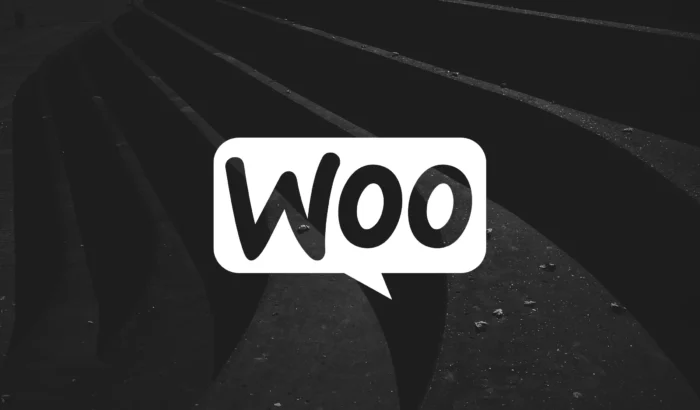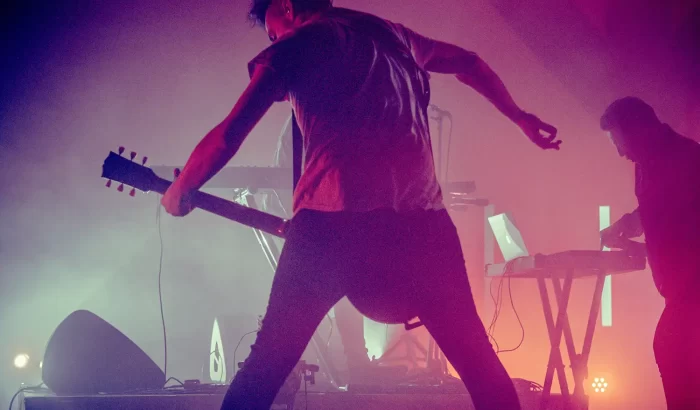Generative Art in Web3
Exploring Boundless Creativity
Generative Art and Its Thriving Role in Web3
In the ever-expanding realm of digital innovation, art is no longer confined to the traditional canvas. Generative art, a form of creative expression driven by algorithms and code, has emerged as a frontier where technology and artistic brilliance converge.
In this article, we take a look at the wonders of generative art and its dynamic role in the world of Non-Fungible Tokens (NFTs) — the digital masterpieces of the blockchain era. If you’re wondering what all that means, you might want check out our recent post on Unravelling Web3 and Blockchain.
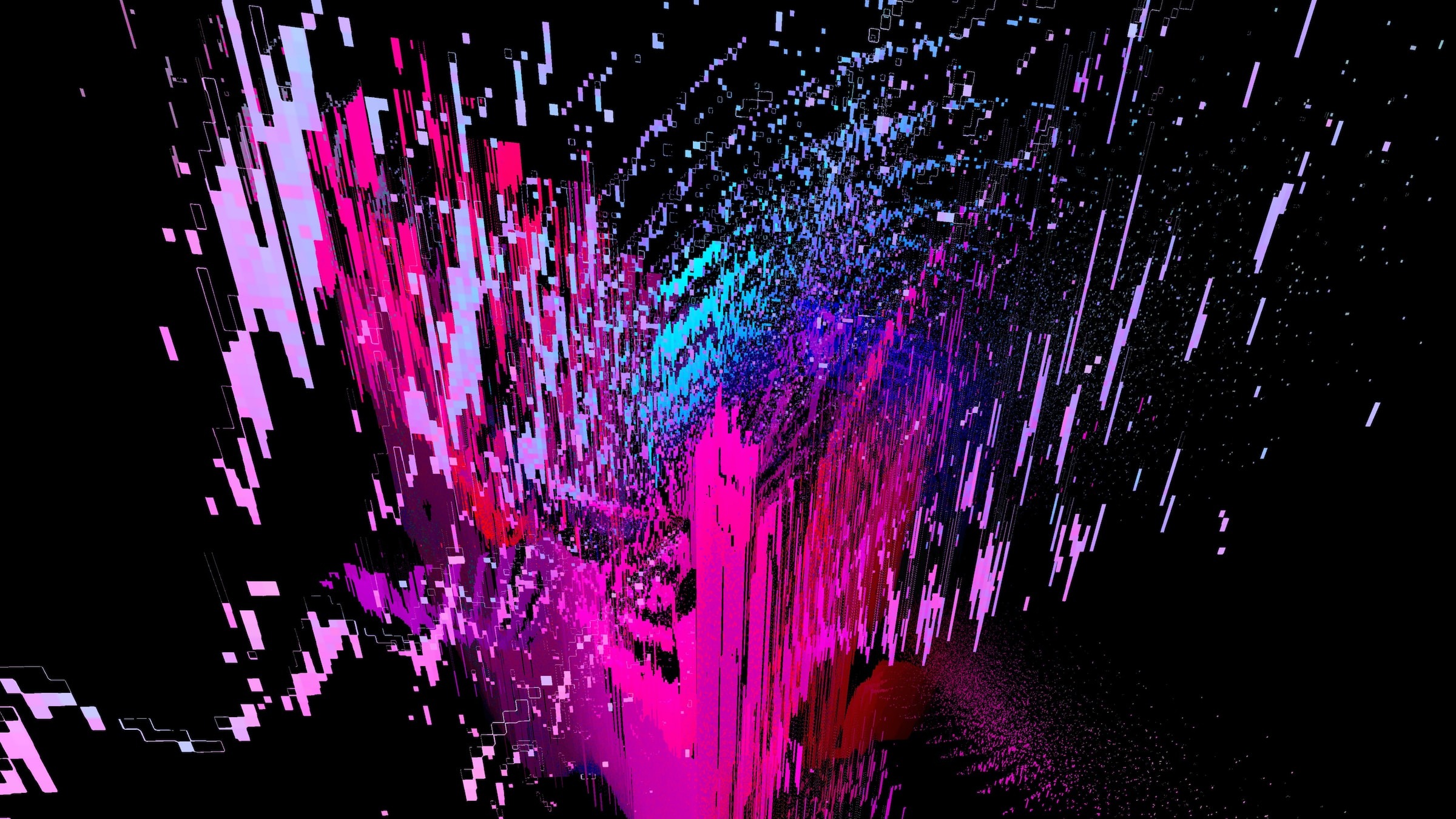
What is Generative Art?
Generative art is a fusion of art and technology, where algorithms, data, and randomness come together to create unique, often mesmerising, visual or auditory experiences. Unlike traditional art, generative pieces evolve, adapt, and generate new versions autonomously, making each creation an exploration of infinite possibilities. It is worth clarifying Generative Art is not the same as AI generated art.
Generative Art Meets NFTs: The Perfect Symphony
Authenticity and Ownership
NFTs (and more recently Ordinals) powered by blockchain technology, provide a secure and transparent way to prove ownership and authenticity of digital assets. Generative artists leverage this technology to tokenise their creations, ensuring that each piece is one-of-a-kind and verifiable, enhancing its value.
Scarcity and Rarity
Generative algorithms can create intricate, highly detailed artworks that are virtually impossible to replicate manually. By attaching these generative creations to NFTs, artists establish scarcity, making their digital artworks rare and highly coveted in the digital art marketplace.
Interactive and Dynamic Art
Generative art within NFTs can be programmed to react to various stimuli, creating interactive experiences for viewers. This dynamic element, often responsive to user input or environmental factors, adds layers of engagement and uniqueness to the artwork.
Royalties and Fair Compensation
Smart contracts embedded in NFTs ensure that artists receive royalties every time their art is resold. This revolutionary feature empowers artists, including generative artists, by providing a continuous stream of income whenever their work changes hands in the secondary market.
Examples of Generative Art in NFTs
Gamma is the open marketplace for Bitcoin NFTs. It is a decentralised NFT marketplace where generative artists can mint and sell their artworks as NFTs, showcasing the diversity and creativity of the generative art community.
You can even check out our NFT Collection The Stackshunds featuring our very own office dog!
Crash Punks is a sci-fi inspired collection of 9,126 NFTs with an ecosystem of on-chain experiences, including a DAO, a fund, a token, an animated series, digital fashion, and integration with on-chain games and experiences.
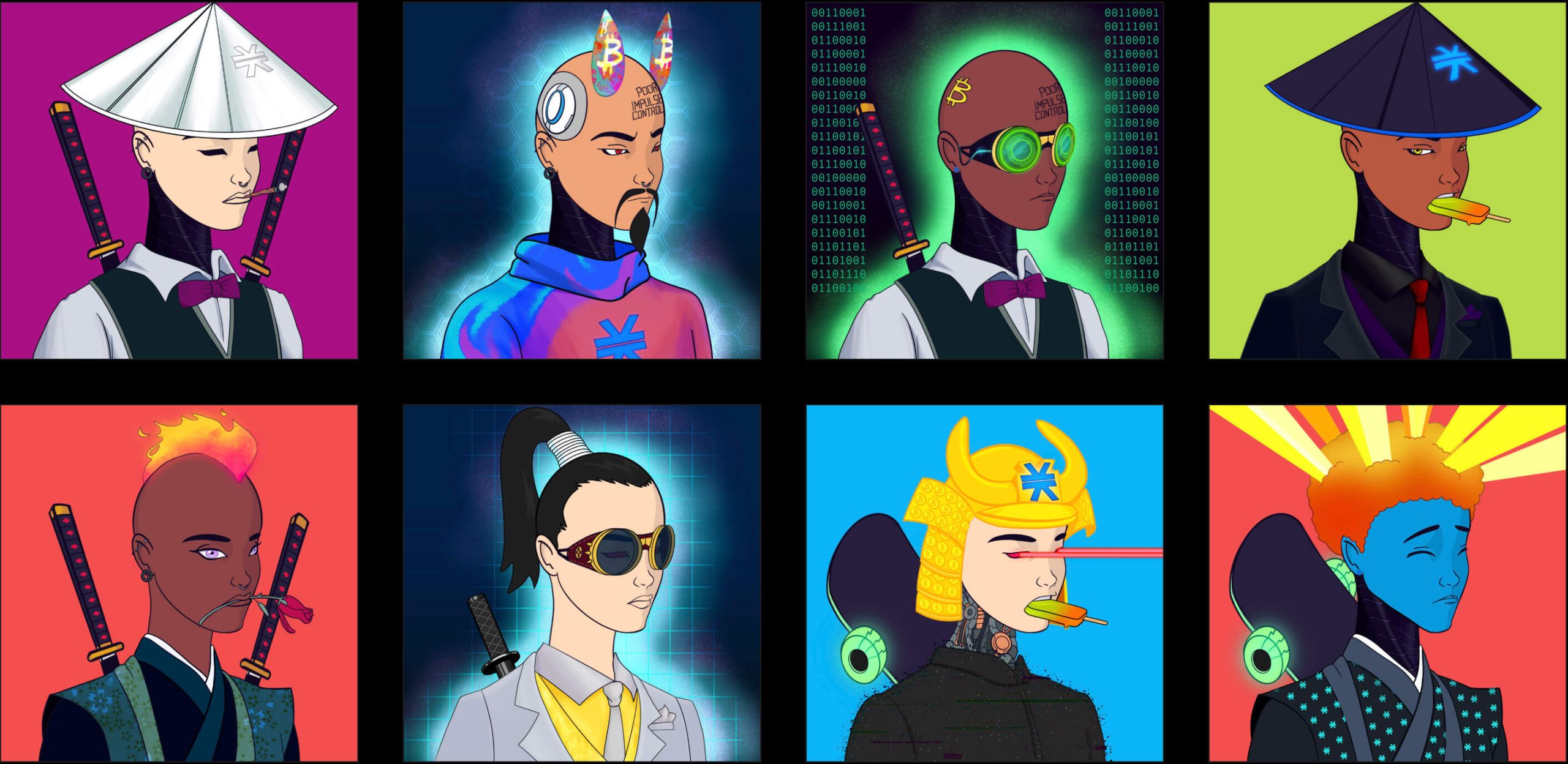
This Is Number One is worlds first ever curated Bitcoin NFT Marketplace. The platform launched with a host of internationally recognised global superstars like Fatboy Slim, Cara Delevingne and Chemical X.
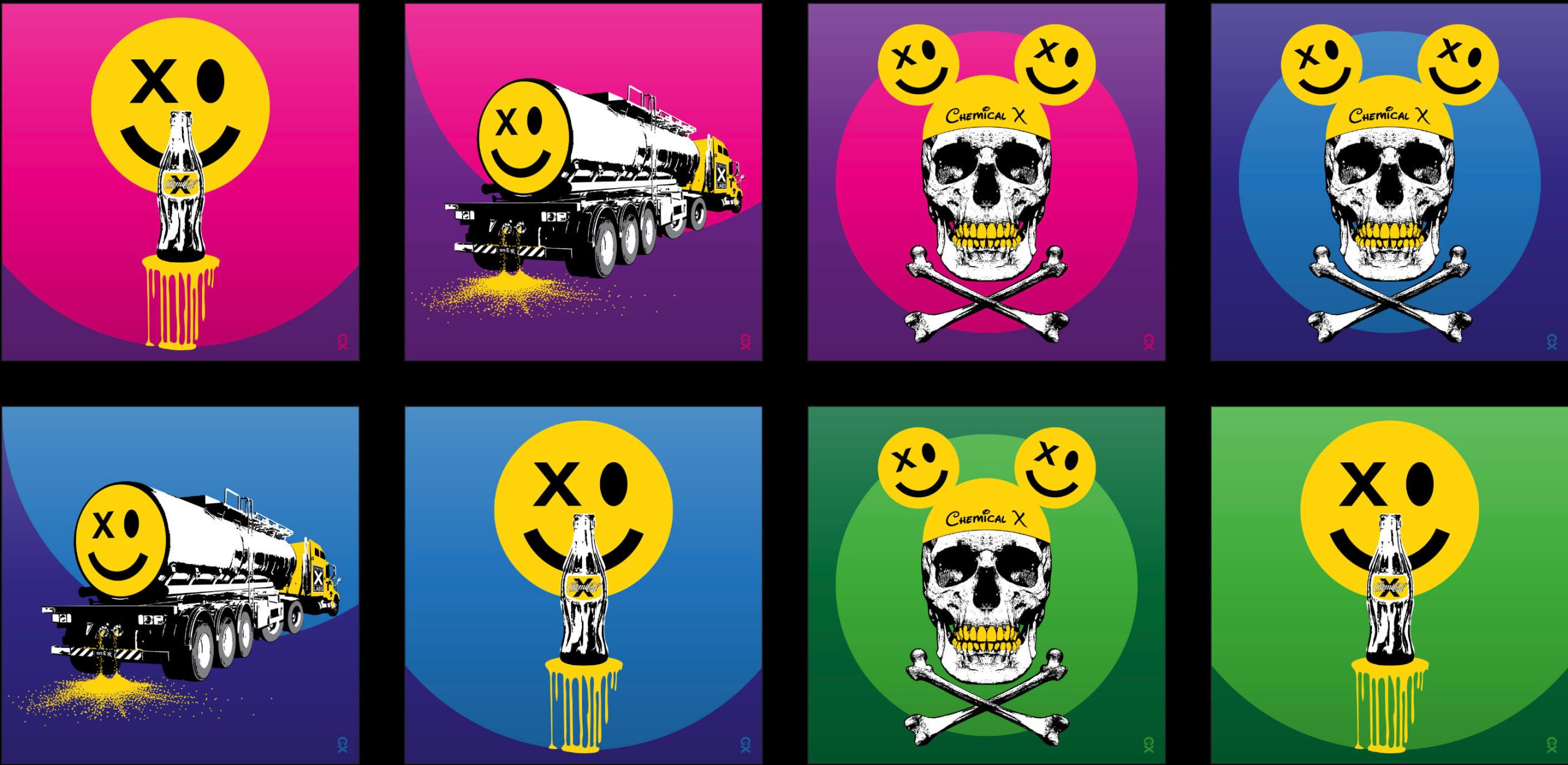
Conclusion: The Future of Art Unveiled
Generative art in NFTs is not merely a trend; it’s a transformative force reshaping the art world’s landscape. As a WordPress development agency, understanding the synergy between generative art and NFTs opens doors to innovative, immersive web experiences. (We’ve got another very exciting project in the works coming soon!)
By embracing these creative technologies, we can usher in a new era where art transcends boundaries, captivating audiences in ways previously unimagined. Let’s embark on this creative odyssey, where the limitless possibilities of generative art and NFTs come to life, one pixel at a time.
